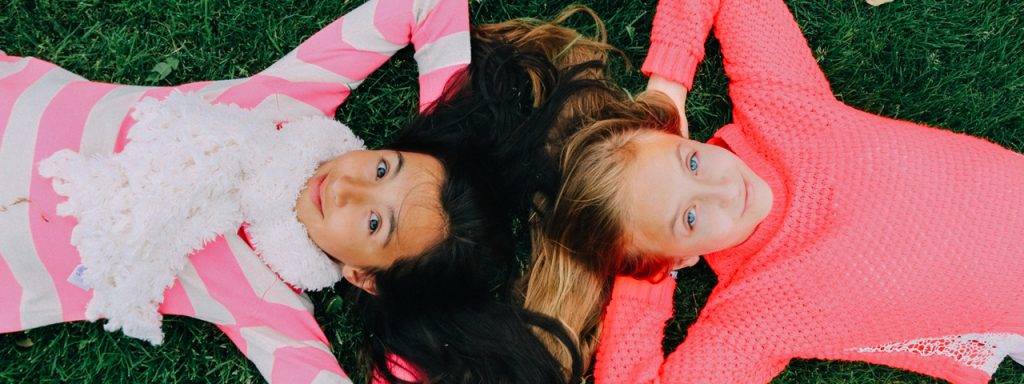By 2050, half of the world’s population is expected to have myopia.
The most frequent refractive error in children and young adults is myopia (nearsightedness). Myopia occurs when the eye elongates, causing light rays to focus in front of the light-sensitive retina rather than directly on it.
What is myopia?
People with myopia see distant items as blurry while nearby objects remain clear. Although eyeglasses and regular contact lenses can correct a person’s vision, they do not treat or slow the progression of myopia.
Myopia progression
When a child becomes more nearsighted and needs a new, higher prescription, it’s referred to as myopia progression.
When the increase in myopia is rapid, and increases within a year or less, eye doctors advise this be examined and treated. Myopia occurs throughout childhood, when the eyeballs are rapidly growing. Myopia can progress slowly or quickly, especially between the ages of 8 and 18.
It’s not just a matter of having stronger glasses – if the child’s myopia worsens, he or she is more likely to develop sight-threatening eye problems, including glaucoma, cataracts, macular degeneration and retinal detachment.
These disorders can result in irreversible visual loss and even blindness.
If your child has myopia, contact an eye doctor near you to discuss treatment options.
SEE RELATED: Can Outdoor Time Prevent Myopia?
What is myopia management?
There are three specialized treatment options to slow the progression of myopia:
- Atropine eye drops
- Orthokeratology (Ortho-K)
- Multifocal contact lenses
In this article, we are going to focus on multifocal contact lenses.
Multifocal Lenses for myopia management
Multifocal soft contact lenses, like multifocal glasses, provide clear vision at a variety of focal distances.
In 2020, the BLINK Study was published in the medical journal JAMA (2020).
The study showed that multifocal lenses were more effective in slowing down the myopia than regular single vision lenses.
The research involved 294 myopic children between the ages of seven and 11 who were assigned either high power multifocal contact lenses, medium power multifocal contact lenses or single vision contact lenses.
The results after three years showed;
- High power multifocal contact lenses had myopic increase of -0.60D
- Medium power multifocal contact lenses had -0.89 D progression
- Single vision lenses displayed the highest increase in myopia, with -1.05 D progression.
Researchers highlighted that high power multifocal contact lenses slowed myopia progression by 0.45 D and eye growth by 0.23 mm compared with single-vision contact lenses.
MiSight 1 Day lenses
Another study published by ARVO (2021) showed the long-term efficacy of MiSight 1 day for myopia control over a total of six years of wear.
MiSight 1 day are multifocal soft daily disposable contact lenses. They are used for providing clear vision and include a multifocal design.
MiSight 1 day lenses are daily disposable lenses that don’t require cleaning or disinfection products and are more comfortable to wear than rigid lenses. Children with sensitive eyes may prefer to start with soft lenses.
When choosing contact lenses for your child’s myopia it is important to think about their prescription, level of myopia, pupil size, eye shape, eye sensitivity, personal hygiene, maturity, compliance, lifestyle and sporting activities.
LEARN MORE: Guide to Myopia Management
Contact an eye doctor near you to discuss which type of contact lens is best for your child.


